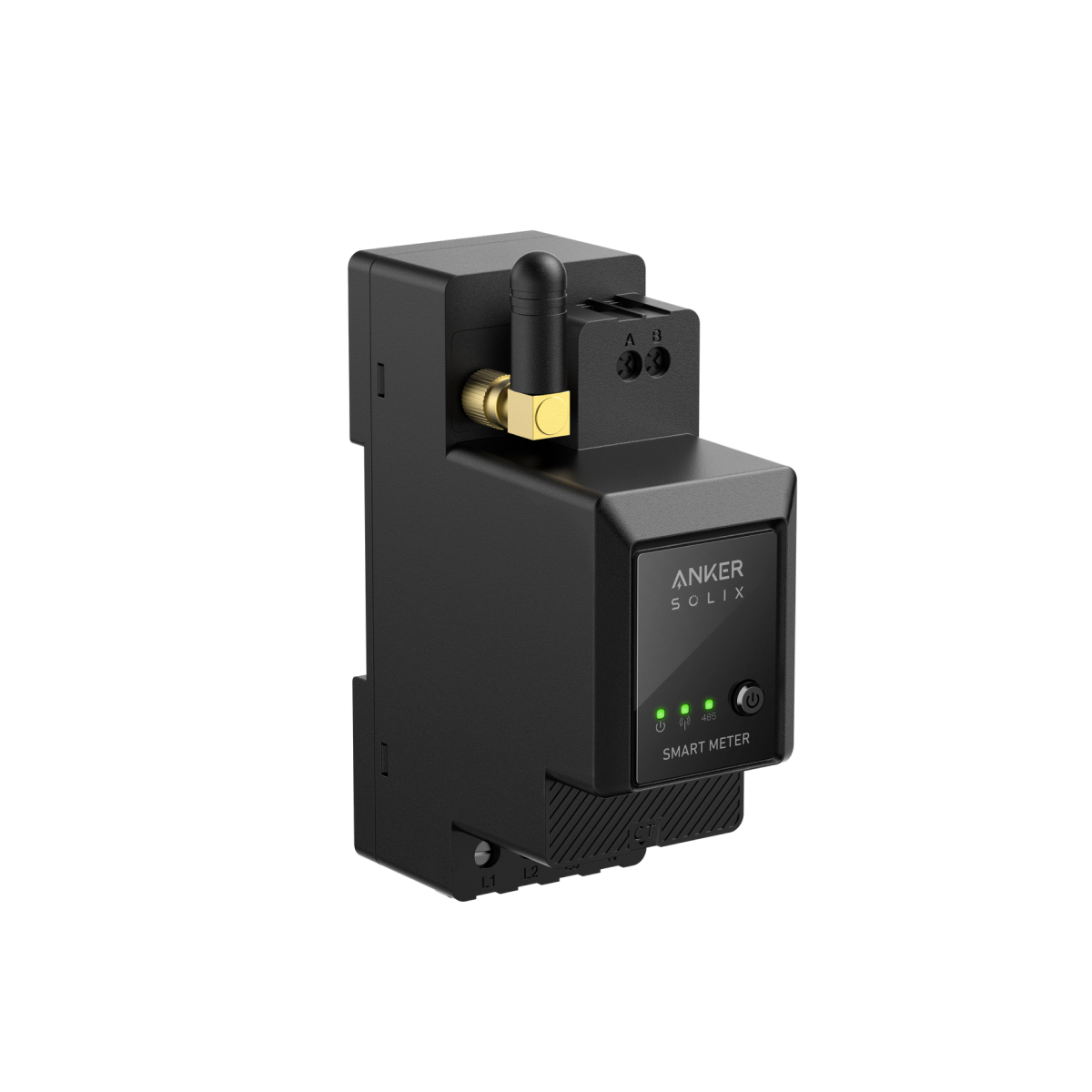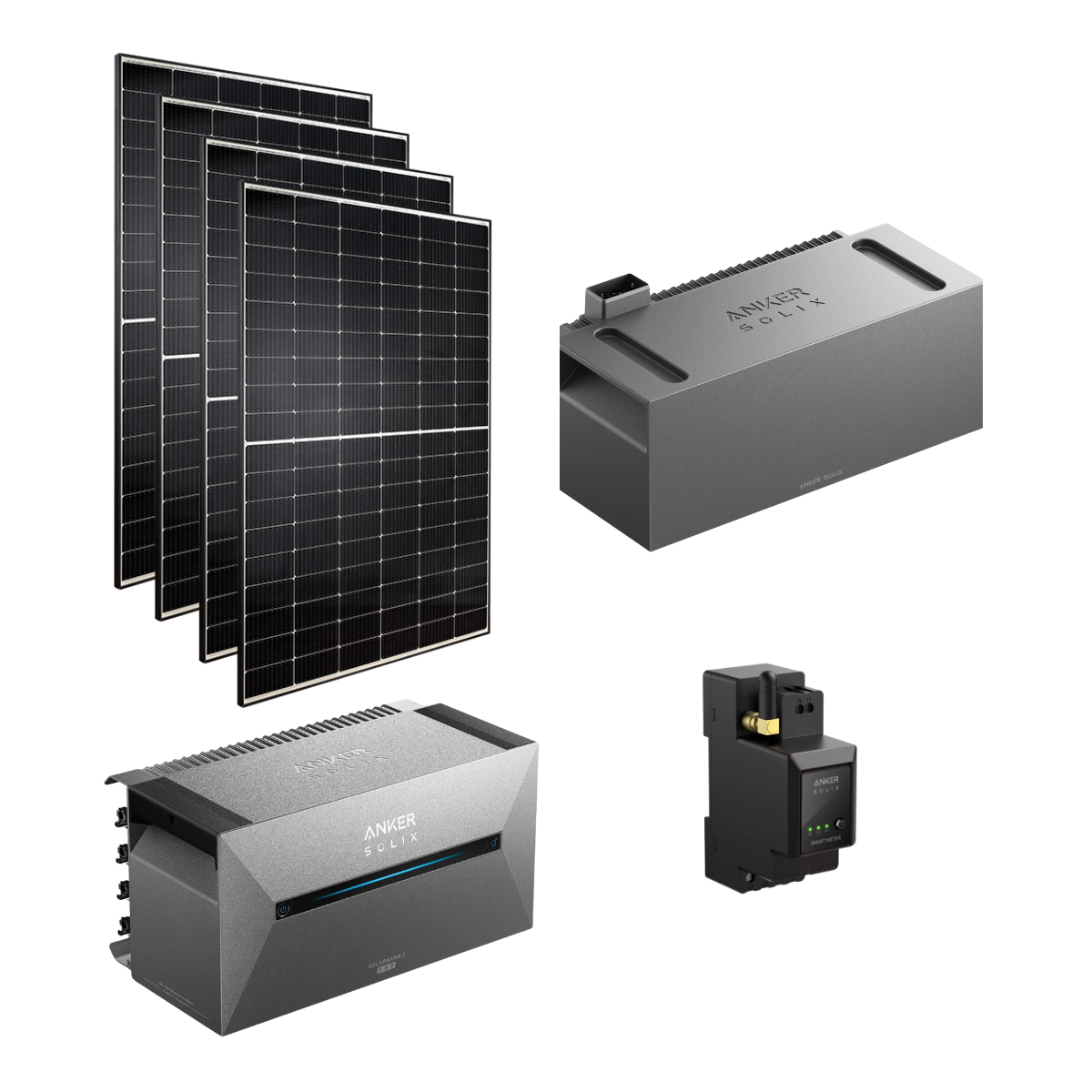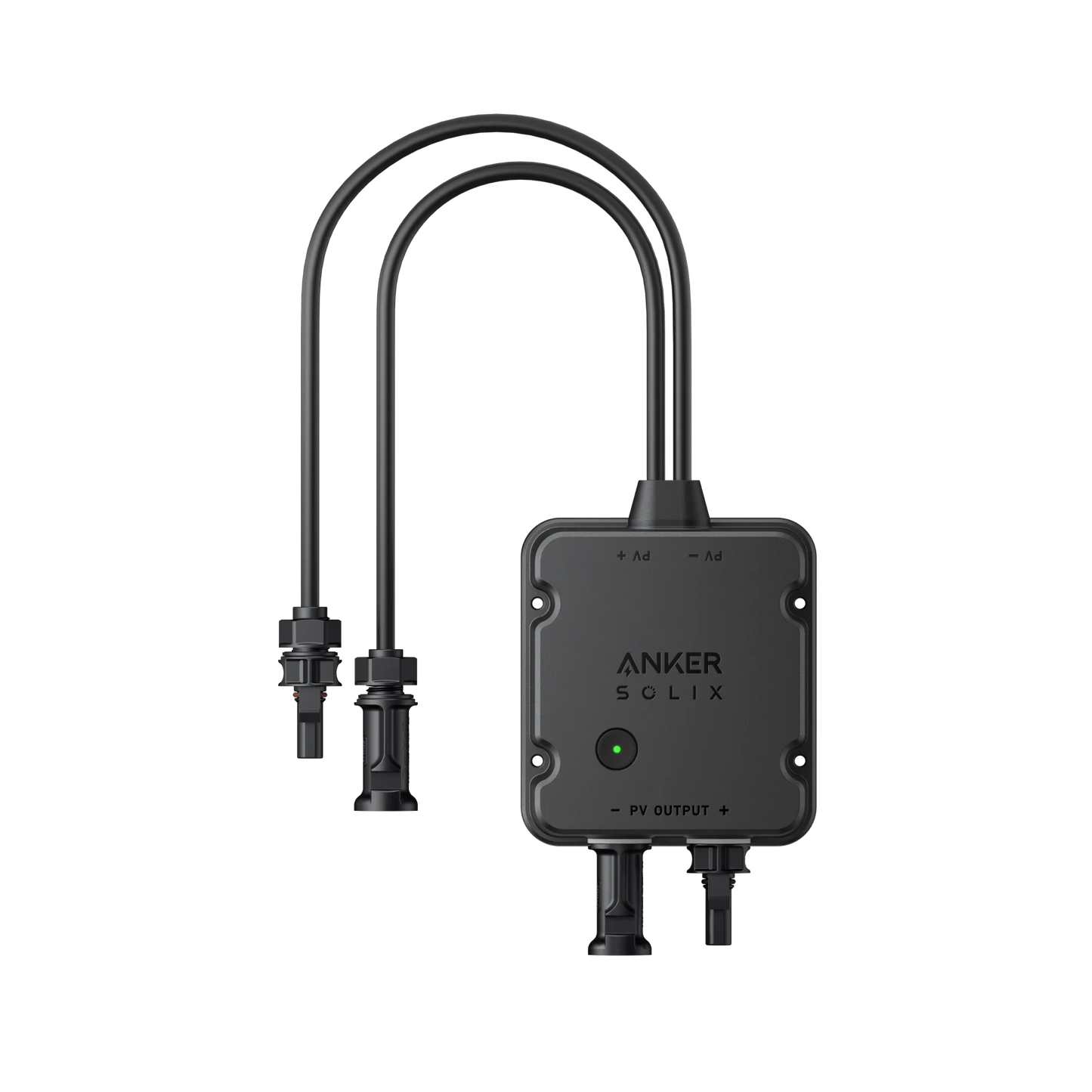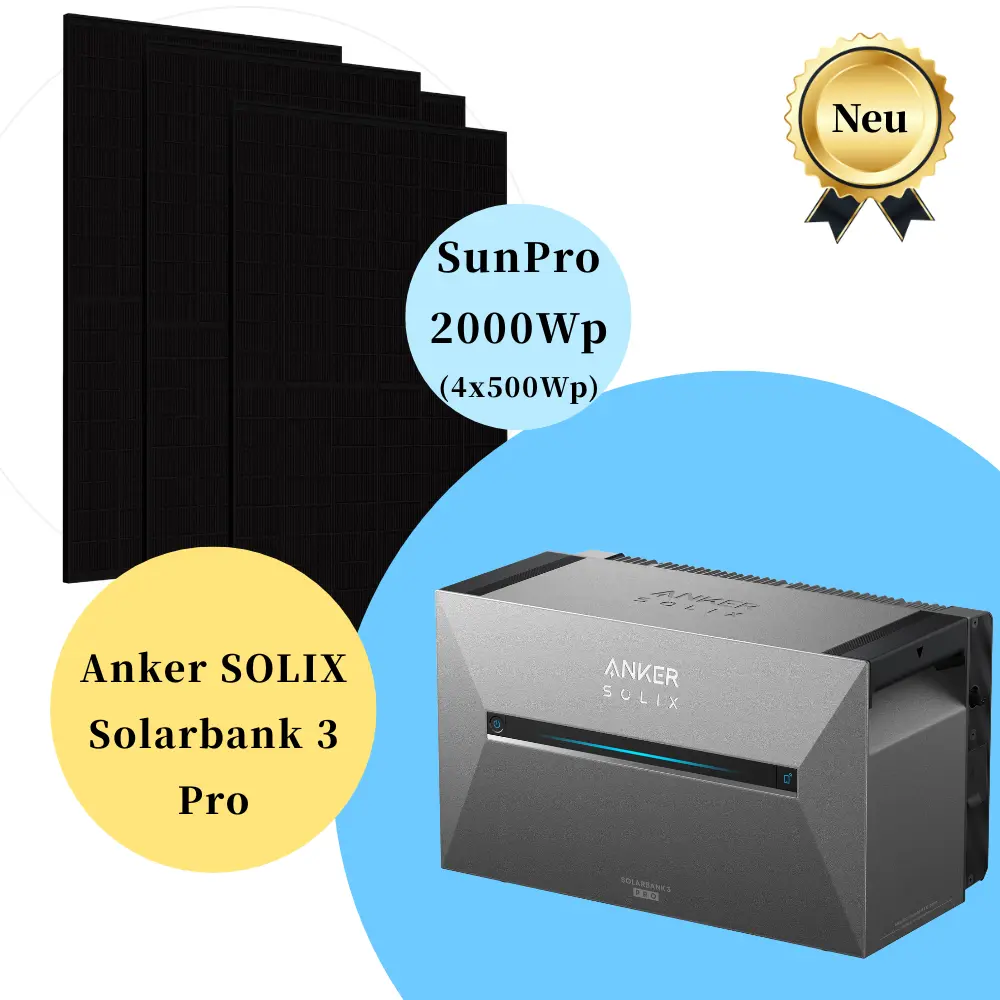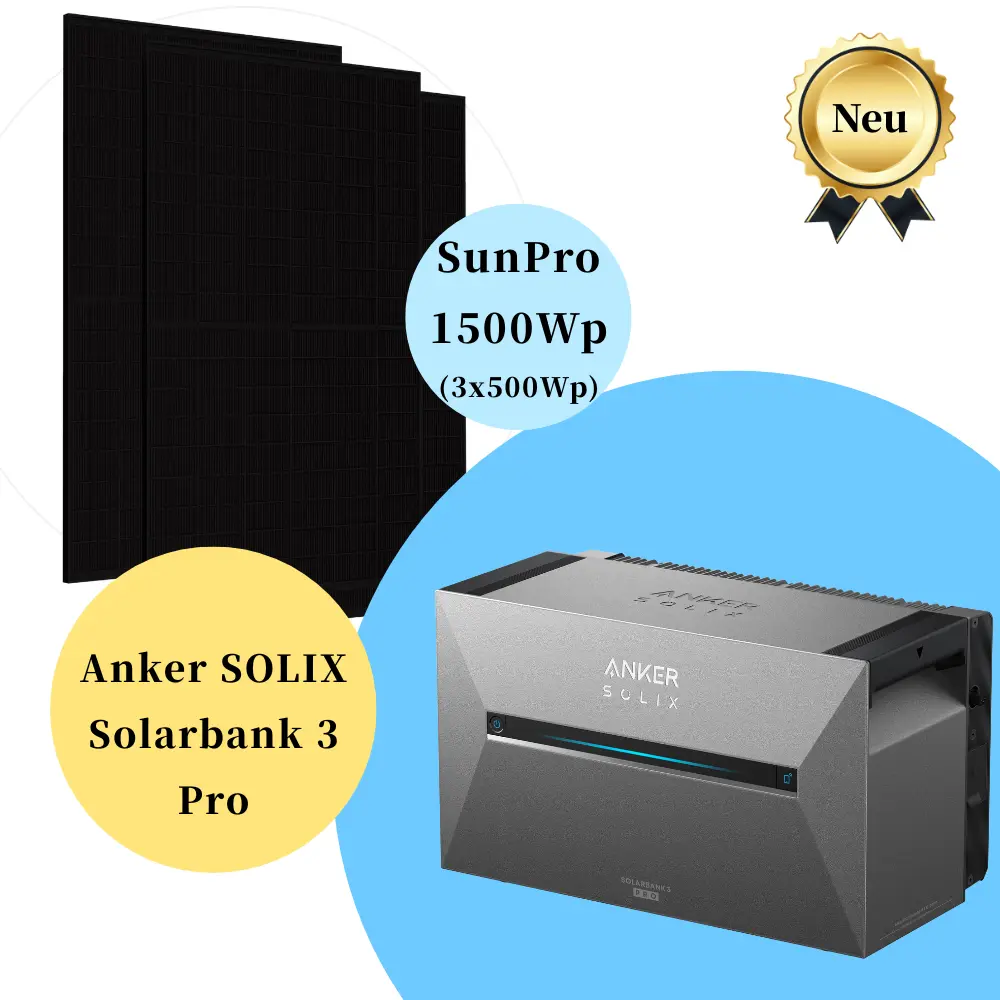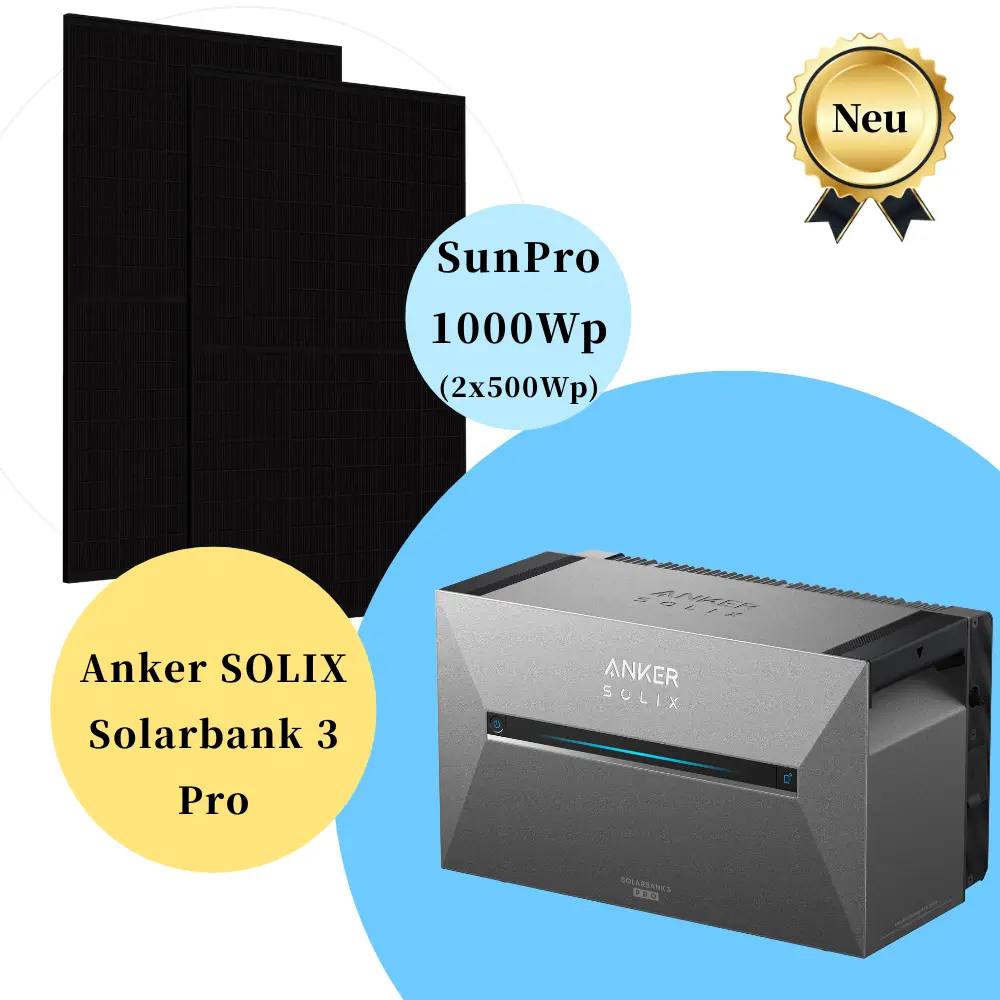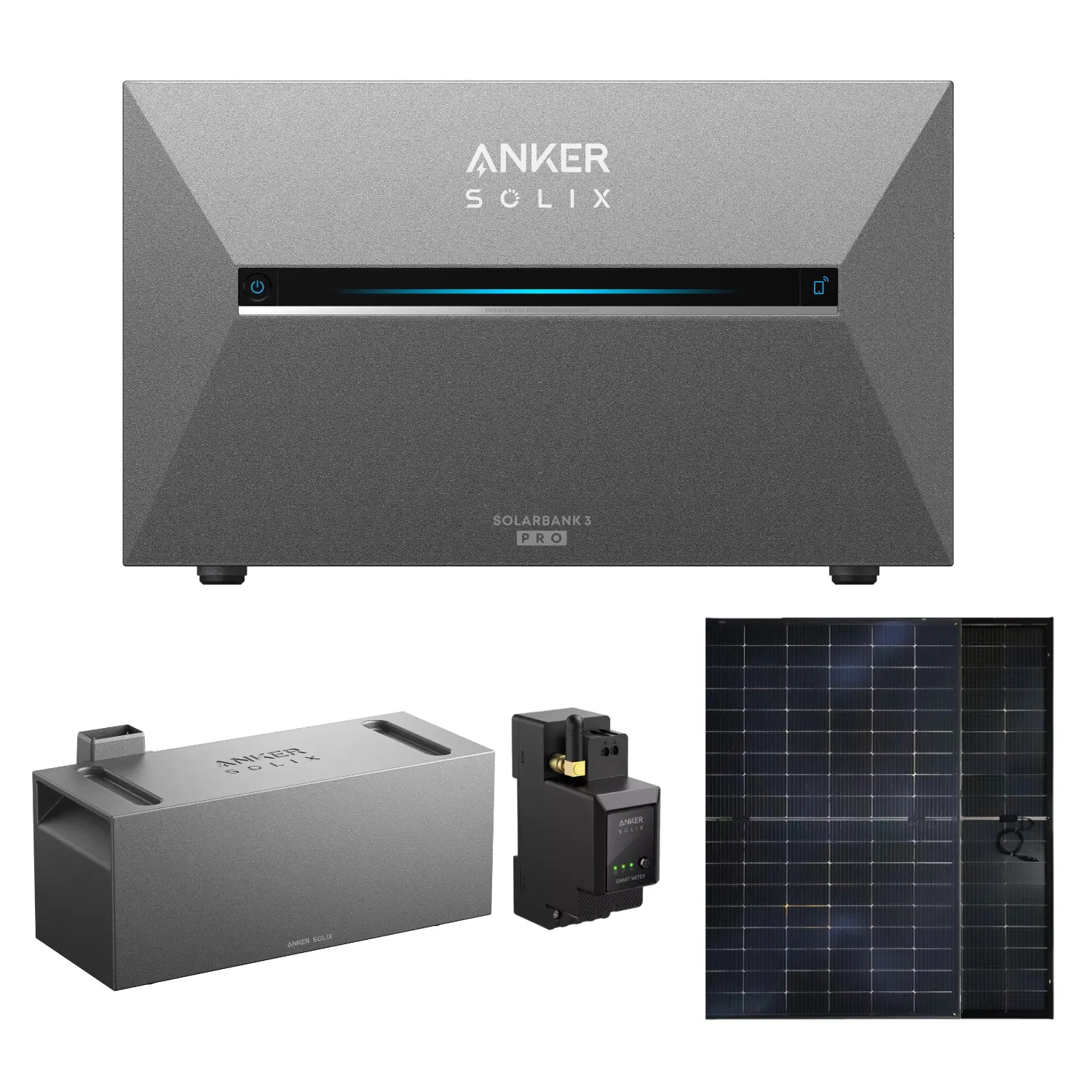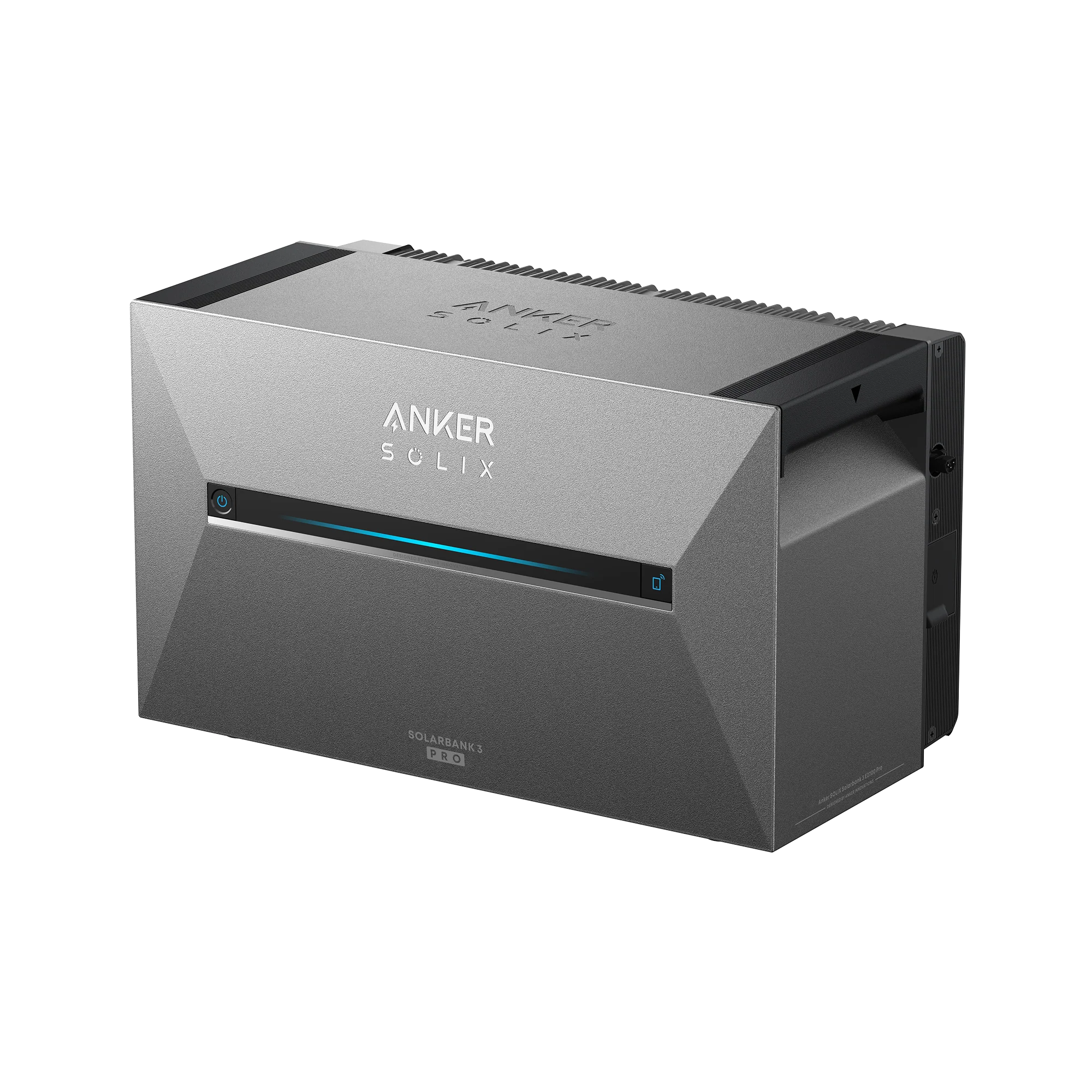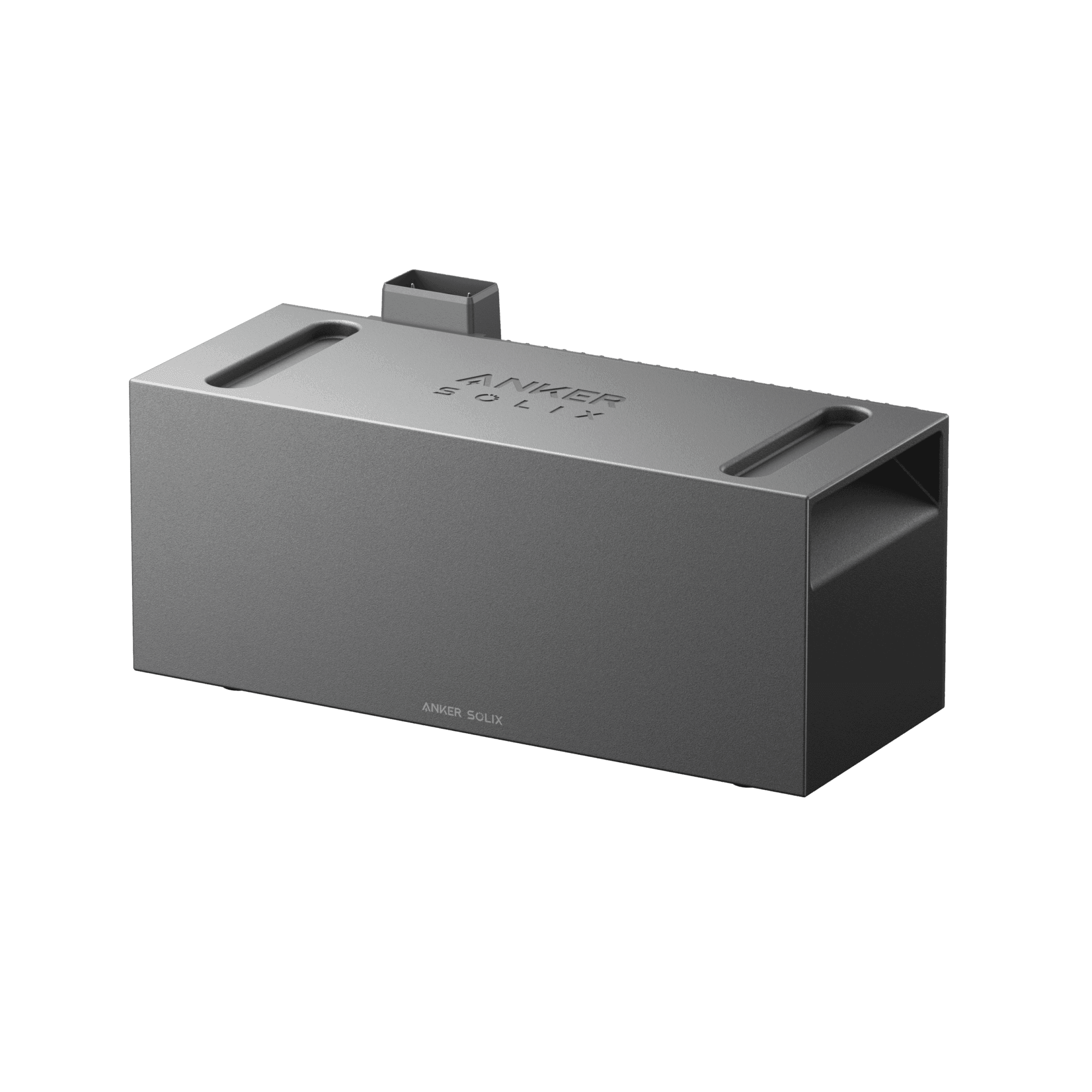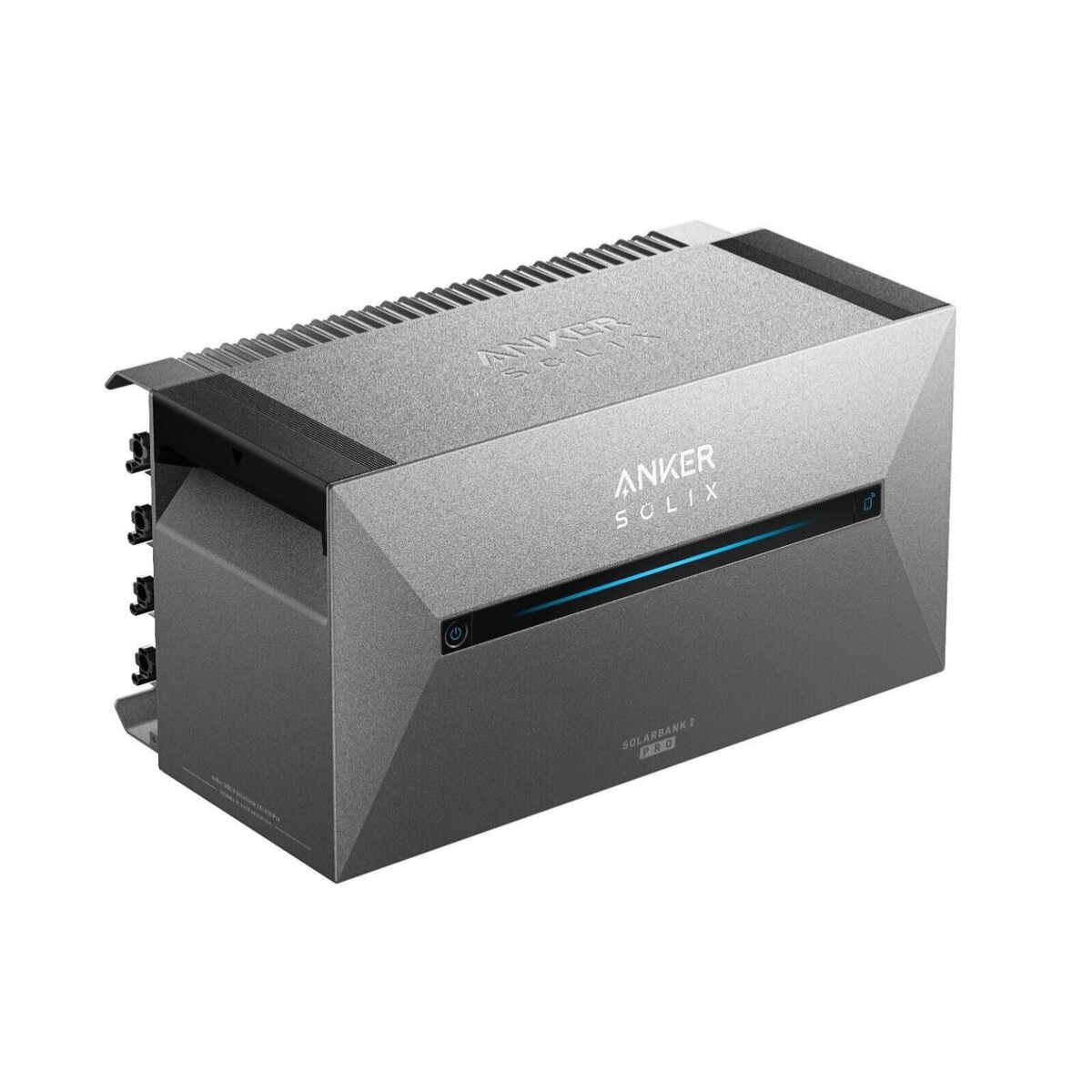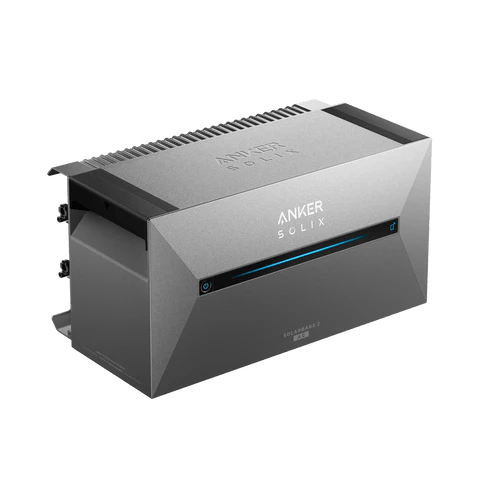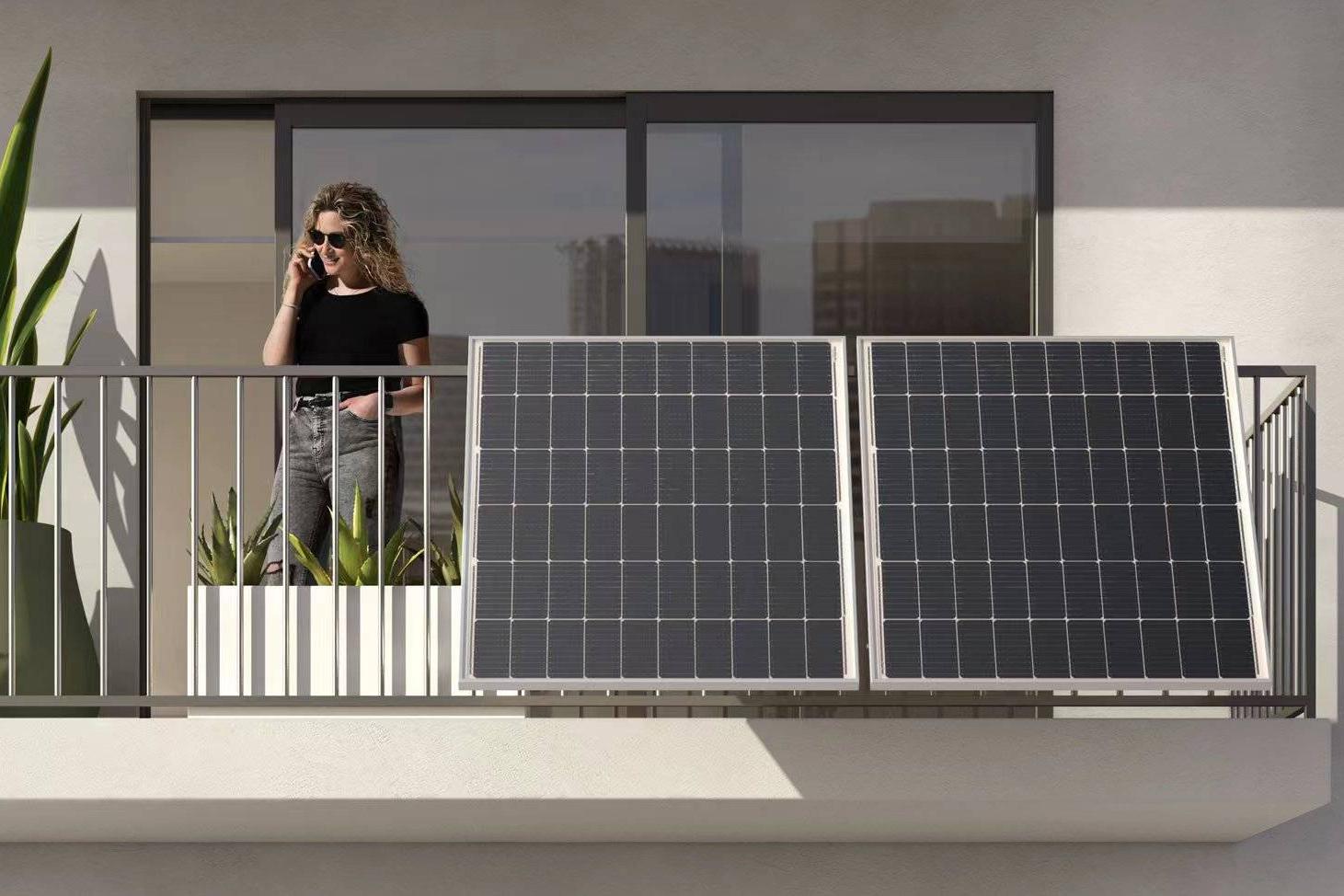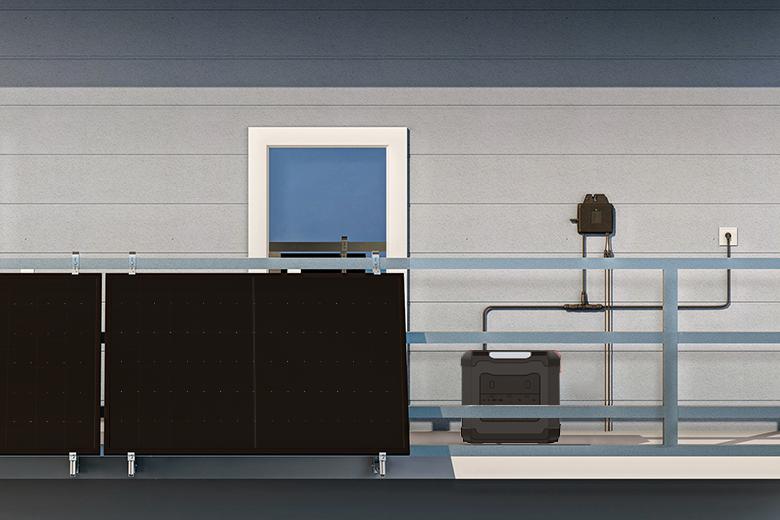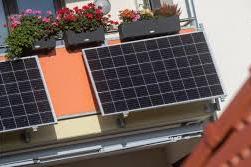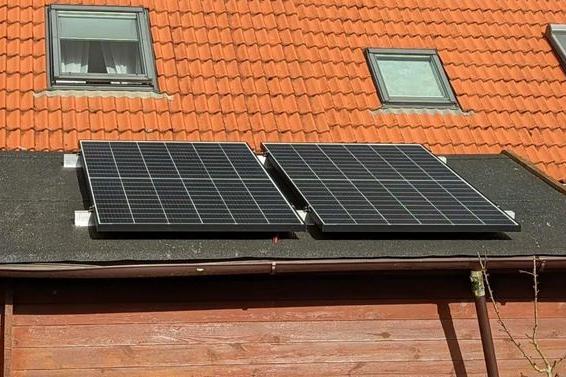Blog & News
How does photovoltaics work? Simply explained.
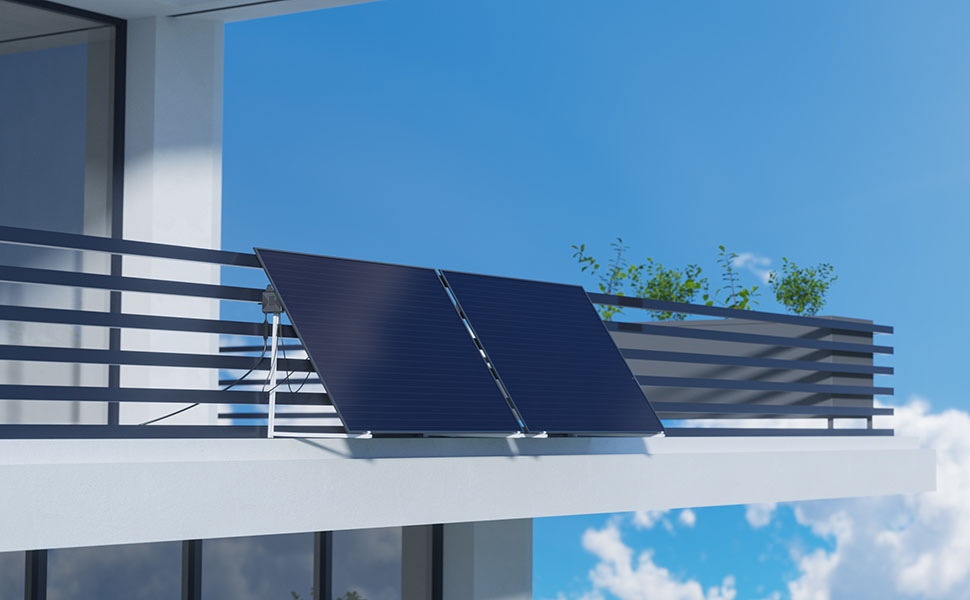
Photovoltaics is on the rise in Germany. This article explains how a photovoltaic system works and what components it consists of.
How does photovoltaics work?
A photovoltaic system converts sunlight into electrical energy. Solar modules, which consist of solar cells, are used for this purpose. The sunlight sets the electrons in the solar cells in motion, generating direct current. This current is converted into alternating current by the inverter and made available for household use.
The functionality of a photovoltaic system is somewhat more complex than described above. A PV system consists of several components that are essential for efficient operation.
Which components are needed for electricity production?
A PV system consists of a few components. The most important are:
- solar modules
- Solar cable
- Solar meters and feed-in meters
- inverter
Alternatively, a power storage unit and energy manager are also used. The individual components are described in more detail below.
Solar modules and solar cells
solar modules contain solar cells that convert sunlight into electrical energy. The solar cells are connected in series so that their voltage adds up. Typically, a solar module consists of 60 or 72 cells or 120 to 144 half-cells. They achieve an output of 300 to 400 Wp, although solar modules with over 600 Wp are now available on the market.
Solar cells are predominantly made of silicon. Silicon is a semiconductor material with photovoltaic properties. When sunlight hits the solar cell, it excites the electrons. Their movement generates electricity. Two differently doped layers are needed for the solar cell to generate electricity:
- The top layer is called the n-doped layer. It contains silicon and phosphorus. Silicon has four bound electrons, while phosphorus has five. This additional electron is free in the layer;
- The lower silicon layer is p-doped with boron. Boron has one less electron than silicon, creating a hole;
- The free electrons from the n-doped silicon-phosphorus layer migrate into the p-doped layer and fill the holes. This forms a boundary layer of boron atoms with four electrons. These atoms become stationary because they no longer have any holes;
- Electron migration creates electrical poles. As electrons migrate, the upper layer becomes positively charged and the lower layer becomes negatively charged. Sunlight releases electrons from boron atoms in solar cells. The electrons are attracted to the positive pole and migrate to the upper layer. This process occurs in all solar cells exposed to sunlight.
Structure of a solar cell
The excited electrons are discharged from the upper solar cell layer via an electrical conductor, usually a metal grid on the back of the solar module. When the sun shines, more and more electrons are pushed through the metal contacts and guided through the solar cables.
On the underside of the solar module is a metal contact connected to the solar cables. The electrons flow through the cable and reappear in the lower layer. By remaining in constant motion, they generate an electrical voltage.
Solar cable
Solar cables connect the modules of a solar system. They are weatherproof and UV-resistant and transport the electricity between the PV modules. There are various ways to connect or switch these cables. This affects the voltage, current, and overall power:
- At the series connection The solar modules are connected in series. The positive cable is connected to the negative cable. The voltage of all modules is added together, while the current remains the same. At the end, the first and last modules each have a cable connected to the inverter. This is the most common connection type and the one with the fewest cables.
- At the parallel connection Negative cables are connected to negative cables and positive cables to positive cables. This increases the current while keeping the module voltage the same. In the end, there are still two cables connected to the inverter. The advantage is that shading of one module does not affect the power output of the others. The disadvantage is the increased cable length and more complex installation.
Solar meter
The solar meter measures the total electricity generated by the photovoltaic system. This is crucial for determining the generated yield and the profitability of the PV system. The solar meter is installed on the DC side, i.e., before the inverter.
inverter
A inverter makes it possible to use the generated solar power in the home. Solar power is direct current, while households and the public grid use alternating current:
- direct current flows constantly in one direction, from negative to positive. The strength of the current remains constant over time;
- At alternating current The flow of current regularly changes direction. The frequency, measured in Hertz (Hz), indicates how often this change occurs per second. In Europe, power grids operate at 50 Hz, meaning the direction changes 50 times per second.
PV inverters use sophisticated circuitry to generate a sinusoidal wave for electronic devices. The switches rapidly open and close power lines, thereby changing the current direction. To achieve a smooth sine wave, the switching frequency is divided into smaller segments with different current strengths.
To monitor and optimize PV systems, modern inverters incorporate MPPT (Maximum Power Point Tracking). These control the electrical current and voltage to keep the solar system operating near its maximum power point.
electricity storage
Due to the high electricity prices, it is now worthwhile to store the surplus electricity instead of feeding it into the grid. electricity storage integrated into the PV system. This allows the self-generated solar power to be used outside of production times. This, in turn, increases self-consumption and the profitability of the system.
An electricity storage device consists of a positive electrode (anode), a negative electrode (cathode), and an electrolyte as a conductive fluid. The electrolyte surrounds the two electrodes. When the solar system generates excess electricity, the electrons move through the electrolyte from the cathode to the anode. The anode is fully charged with electrons. At the anode, the electrons react and form atoms. Thus, excess electricity is stored in the form of chemical energy.
During the discharge, the atoms migrate back to the cathode. There they are converted back into electrons. The electrons are available as electrical current and are fed into the household circuit.
To make a power storage system particularly worthwhile, combine it with an energy management system.
Energy management system
The task an energy manager The goal of PV systems is to increase the household's own consumption of solar power and reduce electricity costs. Energy management identifies and exploits energy-saving potential. It records and analyzes energy flows and sources, develops improvement ideas, evaluates their economic viability, and implements them. Most energy management systems are controlled via an app or software.
Consumption meters and feed-in meters
If you connect a PV system to the public power grid, you need a consumption meter and a feed-in meter:
- The feed-in meter measures the electricity fed into the grid;
- The consumption meter measures the electricity consumed in the household.
The consumption meter is usually already in place. The feed-in meter is only installed when the PV system is commissioned, once you register the system with the grid operator and it has been approved by them. Nowadays, bidirectional meters are usually installed, combining the consumption and feed-in meters.

